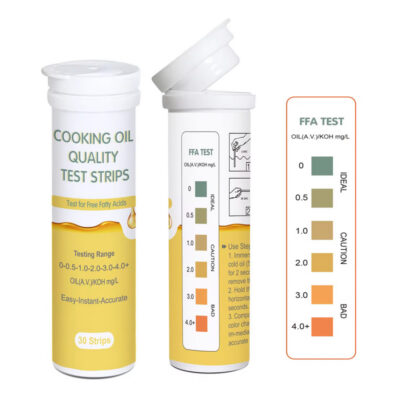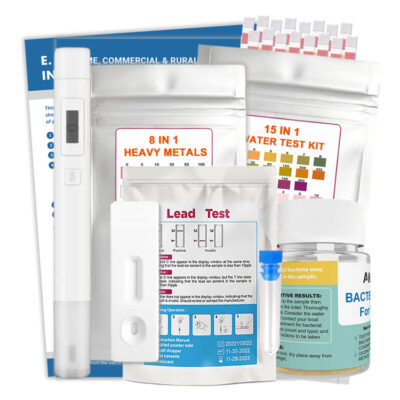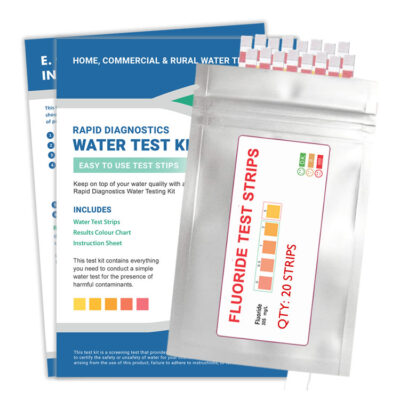Chromium in Drinking Water | Chromium largely occurs in the form of chromium-6 and chromium-3 in the environment’s natural waters. Chromium-3 or trivalent chromium is a required human nutrient whereas chromium-6 or hexavalent chromium is toxic in nature.

Chromium in Drinking Water
How does Chromium Enter Drinking Waters
Chromium comes into natural waters through the wearing down of chromium deposits occurring in soil and rocks. But this occurs in trace quantities. The main culprit for discharge of chromium in drinking waters is the varied industries. The metal industry which uses chromium discharges largely the non-toxic chromium-3 form whereas the toxic Chromium-6 enters into industrial wastewaters as an effluent of painting and tanning industries. This seeps into drinking waters due to incorrect or inadequate disposal systems.Therefore, people living close to chromium processing or manufacturing plants stand a greater exposure risk.
What are Health Hazards of Chromium?
Chromium-3 as mentioned above is a required nutrient for varied organisms. Any harm caused due to presence of chromium-3 in drinking waters is a highly unlikely occurrence. In fact, it plays a significant role in metabolizing fats in human body and along with insulin it eliminates glucose from blood.
Chromium-6 is toxic to both fauna and flora and its health impact is varied. Chromium-6 is carcinogenic and some of the adverse health impacts caused by it include nasal ulcers, asthma attacks, anemia, dermal burns, and liver and kidney failures. However, exposure to chromium-6 largely occurs due to inhalation and less due to water pollution.Nevertheless,health disasters apparently caused due to presence of chromium-6 in river waters earlier have been reported. The reason for this happening probably could be inadequate waste water treatment systems.
Safety Levels for Chromium Content in Drinking Waters
Chromium is currently regulated in drinking waters as total chromium and includes levels of both forms of chromium. However, the correctness of centering the standard on the joint levels of chromium is a question of debate. Chromium-6 is the most toxic form of chromium and hence to guarantee that maximum risk is addressed, the EPA has set the safety standards considering a 100% presence of this form. Presently, safe drinking water standards for total chromium as set by the EPA stand at 0.1 mg per liter. These safety levels are re-assessed by the EPA over regular periods.If chromium-6 levels are exceeded in drinking water supply then it is essential for the relevant authorities to notify the consumers.
However, this is done for public water systems. If a household’s source of water supply comes from a private well then it is the well owners’ responsibility to conduct the necessary tests for the well water and follow it up with the required treatment.
Water Purification Technologies for Removal of Chromium Contamination
Chromium quantities are normally not present in considerable amounts in surface and ground water. Active carbon and ion exchangers can be used for removal of chromium from drinking waters, if required. Better still, using protective safeguards such as effective waste water treatment systems by industrial setups is of vital importance for preventing its harmful impact on the environment.







